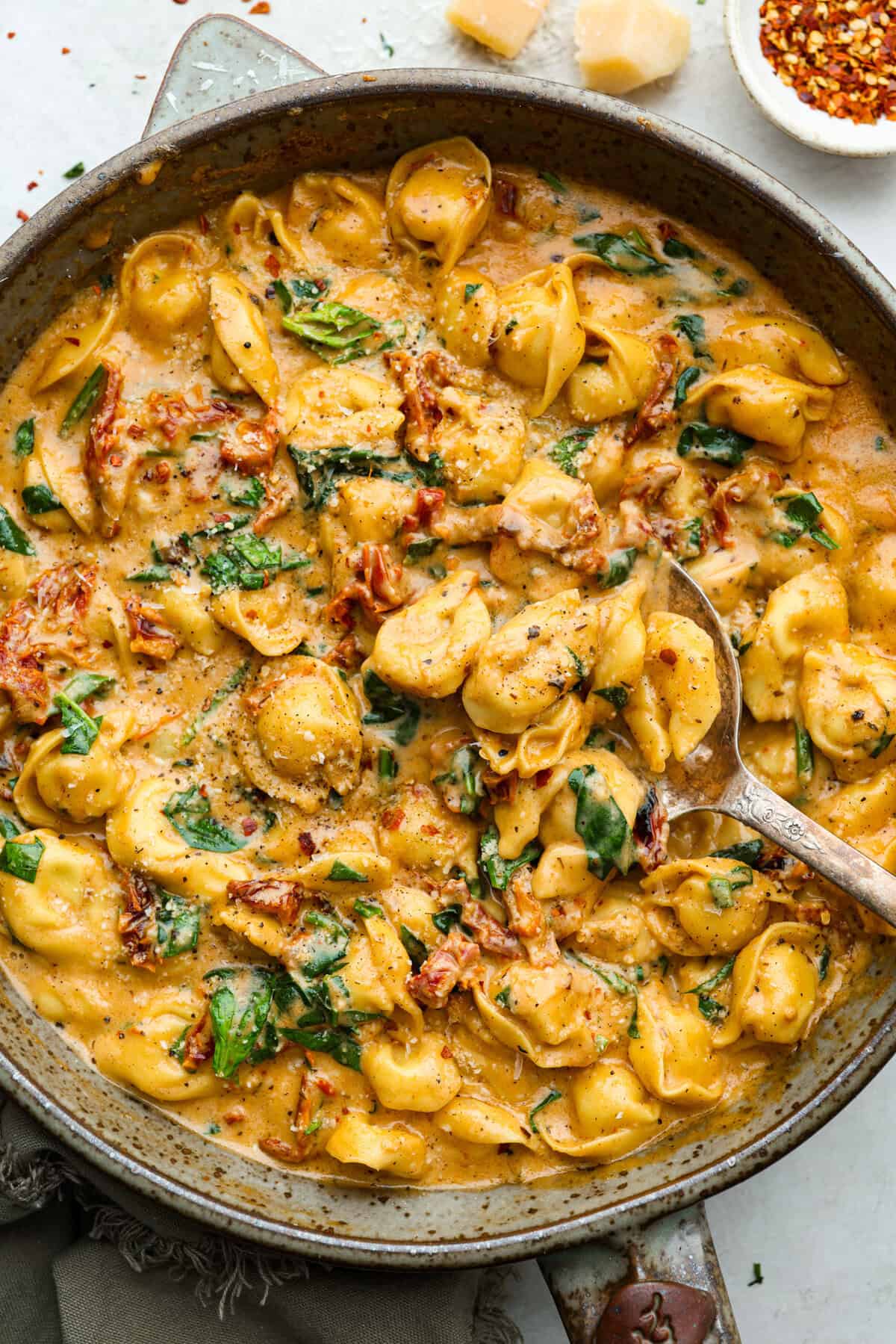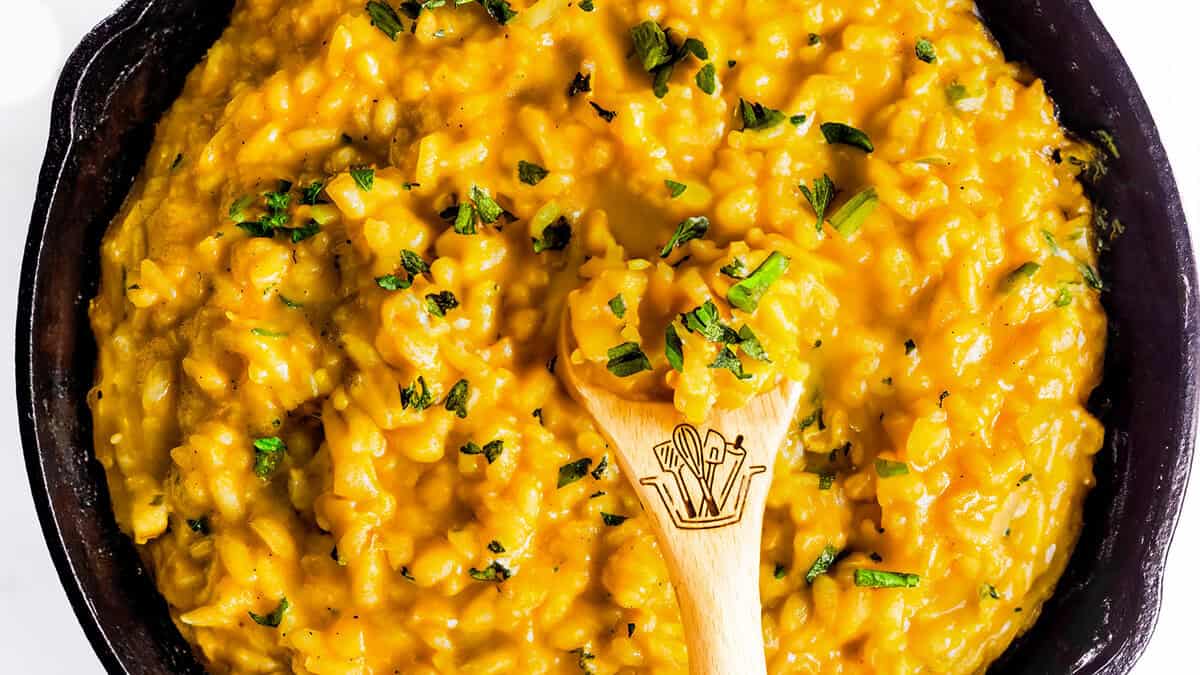Celebrate Korean New Year’s Day (Seollal) with a delightful round-up of Korean New Year food recipes that are as rich in tradition and meaning as they are in flavor! If you’re looking to add a Korean twist to your New Year’s Day celebration, you’ve come to the right place. I’ve carefully selected over 15 iconic dishes that families across Korea enjoy on this special day.
Whether you want to immerse yourself in the festive world of Seollal cuisine or simply explore a new cultural experience, these recipes will make your celebration truly special.

What is Seollal?
Seollal, or Korean Lunar New Year, is one of Korea’s most cherished holidays. It’s more than just welcoming the year ahead—it’s a time for family reunions, paying respect to ancestors, sharing meals, and passing down traditions. As a child, my favorite part about New Year’s Day was definitely receiving gift money from all the relatives I met. 🙂
Some dishes prepared during this celebration carry cultural and symbolic significance, making the shared table even more meaningful. If you’re interested in exploring more about the traditions and customs associated with this special day, check this article.
Save the date! This year, Seollal falls on January 29, 2025, marking the start of the Lunar New Year.
How to Say “Happy New Year” in Korean
To greet someone, say Saehae Bok Mani Badeuseyo (새해 복 많이 받으세요), which means, “Wishing you lots of luck in the new year!”
Now, let’s explore some must-try Korean New Year dishes that bring good luck, prosperity, and smiles to every table.
List of Seollal Foods
1. Tteokguk (떡국, Korean Rice Cake Soup)
A warm, savory soup made with thinly sliced rice cakes, Tteokguk is a must-eat dish on Korean New Year’s Day. Eating it symbolizes getting older, welcoming good fortune, and wishing for wealth in the coming year. The oval shape of the rice cakes resembles old Korean coins, adding a layer of symbolic meaning tied to prosperity and riches. [Get the recipe: Tteokguk]
2. Manduguk (만둣국, Korean Dumpling Soup)
A hearty alternative to tteokguk popular in northern Korea. This comforting soup features soft dumplings filled with savory meat or vegetables. My mom makes her own version, known as “Tteok Manduguk”, by adding rice cakes to the mix, making the dish even more filling and satisfying. It’s a delicious blend that combines the best of both traditions. [Get the recipe: Mandu Guk]
3. Kimchi Mandu (김치만두, Kimchi Dumplings)
Many families make their own mandu (dumplings) to add to the soups mentioned above. My family’s version has always been kimchi pork mandu, and I have to say the zingy kimchi flavor goes so well with the meat. [Get the recipe: Kimchi Mandu]
4. Gematsal Jeon (게맛살전, Crab Stick Omelettes)
Jeon (전) is a beloved Korean pancake traditionally served during festive holidays and celebrations. While there are many varieties, these heart-shaped crab jeons are a creative and modern twist that’s capturing attention. Made with crab sticks and shaped into charming designs, they bring a fun, trendy flair to the table while staying rooted in the festive spirit. [Get the recipe: Crab Jeon]
5. Pyogo Beoseot-Jeon (표고 버섯전, Stuffed Shiitake Mushrooms)
Stuffed with ground meat, these savory shiitake mushrooms offer a protein-packed take on a beloved jeon recipe. They are perfectly hearty and satisfying, making them both nutritious and incredibly filling. [Get the recipe: Stuffed Shiitake Mushrooms]
6. Hobak Jeon (호박전, Pan Fried Zucchini)
This pan-fried Korean zucchini is a simple yet flavorful side dish, cherished for its tender texture and delicate savory taste. A staple during festive seasons, it’s quick and easy to prepare, making it a perfect complement to rich main courses while adding balance with its subtle charm. [Get the recipe: Hobak Jeon]
7. Bindaettok (빈대떡, Mung Bean Pancake)
Bindaetteok is a traditional Korean pancake made from mung beans. Crisp on the outside and nutty, savory on the inside, it’s a dish rich in flavor and heritage, often served during ancestral rites as a meaningful part of Korean tradition. [Get the recipe: Bindaetteok]
8. Sanjeok (산적, Meat and Vegetable Skewers)
Korean skewers, known as Sanjeok, pair colorful vegetables and thinly sliced, marinated meat for a visually striking and satisfying dish. Often served during celebratory occasions, these skewers are lightly coated in flour, dipped in an egg wash, and pan-fried to perfection. Easily customizable, they can be tailored to suit any palate, making them a festive favorite. [Get the recipe: Sanjeok]
9. Bulgogi (불고기, Korean BBQ Beef)
I don’t know about other Korean families, but growing up, we always had bulgogi at our New Year’s Day breakfast table. This iconic marinated beef dish, with its signature sweet and savory flavors, became a well-loved part of festive meals. Though often associated with Korean BBQ, bulgogi is incredibly versatile, making an excellent side dish or main course for any celebration. [Get the recipe: Bulgogi]
10. Galbi Jjim (갈비찜, Korean Braised Short Ribs)
Galbi Jjim, a Korean braised short rib dish, is the ultimate comfort food and a true festive showstopper. The tender short ribs are slow-cooked to perfection, coated in a sticky, sweet, salty, and nutty sauce infused with sesame and honey—absolutely addictive with every bite! Check out the traditional recipe for Galbi Jjim or try the Instant Pot Galbi Jjim version to enjoy all the incredible flavors in less time.
11. Tteokgalbi (떡갈비, Korean Beef Patties)
Tteokgalbi is a traditional Korean dish featuring tender beef patties marinated in a sweet and savory glaze. Loved for its juicy texture and rich flavor, it is a popular addition to festive gatherings, adding an extra layer of warmth and joy to the celebration. [Get the recipe: Tteokgalbi]
12. Japchae (잡채, Korean Glass Noodle Stir Fry)
Japchae is a traditional Korean dish that brings together chewy glass noodles and colorful vegetables, lightly seasoned with soy sauce and sesame oil. Known for its satisfying texture and amazing flavor, Japchae is often served during festive occasions, making it a timeless favorite on any table. [Get the recipe: Japchae]
13. Samsaek Namul (삼색 나물)
Samsaek Namul refers to three types of side dishes made from vegetables, herbs, or edible greens. Traditionally, these dishes are placed on the charye (차례) table during ancestral rites to honor and pay respect to ancestors.
While “samsaek” is often interpreted today as dishes of three colors, it originally referred to three different types of side dishes, regardless of their color. The most common combination includes:
- Sigeumchi Namul (Korean Spinach Side Dish, green)
- Doraji Namul (Bellflower Root Side Dish, white)
- Gosari Namul (Fernbrake side dish, reddish brown)
Other side dishes, such as [Bean Sprout Salad], sautéed radish, or stir-fried shiitake mushrooms, can also be used as substitutes.
One important tradition to keep in mind is that green onions and garlic are not used in these side dishes for ancestral rites, as they are believed to chase away the spirits of ancestors.
14. Kimchi (김치)
You can’t talk about one of the most important meals of the year without mentioning kimchi!
On New Year’s Day, you’ll likely see a variety of kimchi on the table, from classic Napa Cabbage Kimchi to milder options like Baek Kimchi (white kimchi), refreshing Dongchimi (radish water kimchi), and tangy Nabak Kimchi (spicy water kimchi).
Most of these kimchi varieties are prepared during the early winter months, when cabbage and radish are at their peak. This seasonal timing makes the flavors even more vibrant and delicious!
15. Creamy Fruit Salad (과일 샐러드)
A nostalgic dish blending fruits like apples, mandarin oranges, and persimmons with peanuts, hard-boiled quail eggs, and a creamy dressing. It’s both sweet and savory—a creative treat from my childhood memories and once a festive staple, though perhaps less so today. [Get the recipe: Creamy Fruit Salad]
16. Yaksik (약식, Korean Sweet Rice with Dried Fruit and Nuts)
Sticky rice sweetened with honey and tossed with chestnuts, jujubes, and pine nuts. Traditionally eaten on the first full moon of the lunar new year, Yaksik remains a festive favorite. [Get the recipe: Yaksik]
17. Sujeonggwa (수정과, Korean Cinnamon Punch)
Sujeonggwa, a popular dessert drink, is brewed with ginger, cinnamon, and sugar, offering a mildly spiced sweetness. Known for aiding digestion, it makes a perfect dessert for special occasions. [Get the recipe: Sujeonggwa]
18. Sikhye (식혜, Korean Sweet Rice Drink)
Sikhye, a must-have dessert drink during Korean festive holidays, is sweet and nutty with a unique barley aroma. This traditional punch not only balances out a rich holiday spread but is also known to aid digestion. [Get the recipe: Sikhye]
Honoring Tradition Through Food
Each of these dishes tells a story—of family, of history, and of wishing health and wealth in the year ahead. Whether you make one or all of these, celebrating Seollal with Korean flavors brings comfort and connection to the table.
(This post was originally published in February 2007 and republished in December 2024 with updated information.)
Discover More! If you’re ready to take your Korean cooking to the next level, explore other recipes like Korean BBQ or traditional banchan (side dishes). Don’t forget to toast to the new year with your favorite Seollal treats.
Happy cooking, and Saehae Bok Mani Badeuseyo! 🎉





























 English (US) ·
English (US) ·